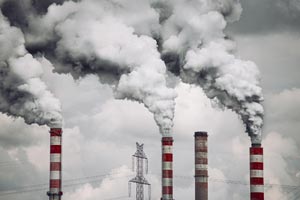What is
Control of immission of atmospheric pollutants?
Royal Decree 100/2011, of January 28, which updates the catalog of activities potentially polluting the atmosphere and establishes the basic provisions for its application, classifies industrial activities into types A, B and C and specifies the type of controls to which they are subject. The limits that must not be exceeded by the different industries and the frequency of inspections are set by an individual Integrated Environmental Authorization (AAI) for each company in the case of types A and B and by the legislation of the corresponding Autonomous Community in the case of type C or, failing that, by national legislation.
There are certain autonomous communities that have specific legislation establishing these limits and the applicable methodology for the determination of suspended and settleable particles and other types of gaseous pollutants.
The control of immissions can be carried out using suction equipment or passive samplers, depending on the parameter to be determined. The passive sampler is placed at the sampling point and collects the pollutant by diffusion through a support that allows the pollutant to be fixed and then sent to the laboratory to determine its concentration. The aspiration equipment makes a certain volume of air pass through a retention medium that allows us to determine the concentration of the pollutant in the laboratory.
Our services


Our services in this field are:
- Determination of total suspended particles.
- Determination of PM10 particles.
- Determination of sedimentable particles.
- Determination of NH3 and SH2 chemical compounds.
- Determination of compounds using passive samplers.
- Determination of heavy metals, VOC's, dioxins and furans, etc. in immission.
Consult the complete scope of our accreditation nº 845/LE1953 as a testing laboratory in the environmental sector for the control of atmospheric pollutants.
Discover our other
related services
Why choose Eurocontrol?

a team of experts at your disposal

Geographical coverage nationwide





